Application-oriented introduction relates the subject as closely as possible to science. In-depth explorations of the derivative, the differentiation and integration of the powers of x, and theorems on differentiation and antidifferentiation lead to a definition of the chain rule and examinations of trigonometric functions, logarithmic and exponential functions, techniques of integration, polar coordinates, much more. Clear-cut explanations, numerous drills, illustrative examples. 1967 edition. Solution guide available upon request.
Sale!
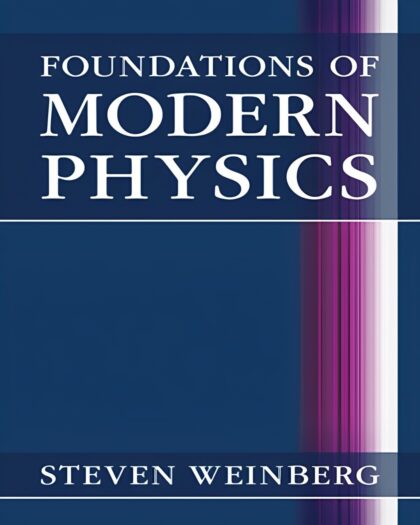
$49.99 Original price was: $49.99.$19.98Current price is: $19.98.
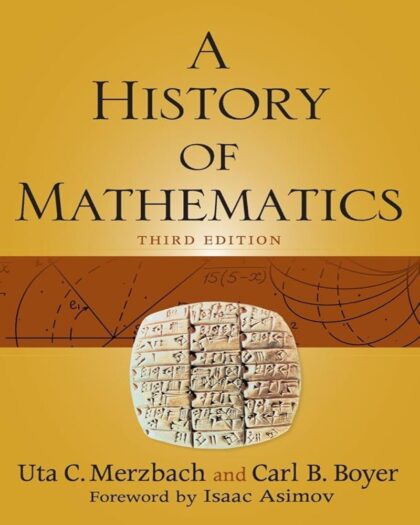
$49.99 Original price was: $49.99.$19.98Current price is: $19.98.
$59.99 Original price was: $59.99.$19.98Current price is: $19.98.
$89.99 Original price was: $89.99.$19.98Current price is: $19.98.
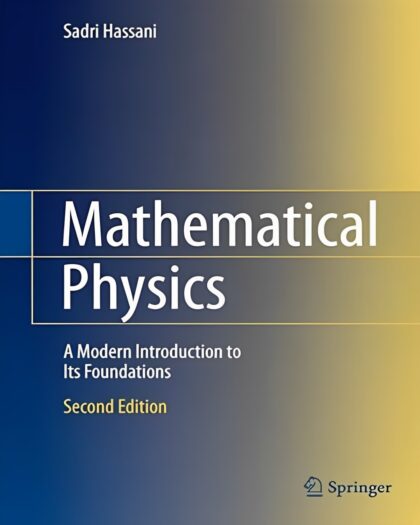
$69.99 Original price was: $69.99.$19.98Current price is: $19.98.

$39.99 Original price was: $39.99.$18.99Current price is: $18.99.
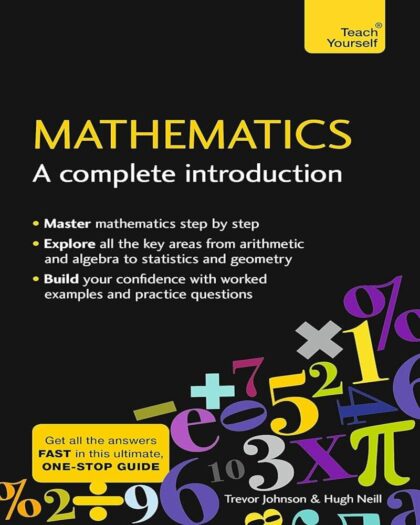
$39.99 Original price was: $39.99.$19.98Current price is: $19.98.
Calculus: An Intuitive and Physical Approach (Second Edition) (Dover Books on Mathematics
Rated 5.00 out of 5 based on 8 customer ratings
(8 customer reviews)
$39.99 Original price was: $39.99.$19.98Current price is: $19.98.
Frequently bought together:

Foundations of Modern Physics
Rated 5 out of 5
(11) 
A History of Mathematics
Rated 5 out of 5
(4) 
Mathematical Physics: A Modern Introduction to Its Foundations
Rated 5 out of 5
(8) 
Proofs: A Long-Form Mathematics Textbook (The Long-Form Math Textbook Series)
Rated 4.82 out of 5
(17) 
Mathematics: A Complete Introduction: Teach Yourself
Rated 5 out of 5
(19)
Total: $19.98
Category: Mathematic
8 reviews for Calculus: An Intuitive and Physical Approach (Second Edition) (Dover Books on Mathematics
Add a review Cancel reply
Related products
-
$59.99Original price was: $59.99.$19.98Current price is: $19.98.Rated 5.00 out of 5 -
$59.99Original price was: $59.99.$19.98Current price is: $19.98. -
$49.99Original price was: $49.99.$19.98Current price is: $19.98.

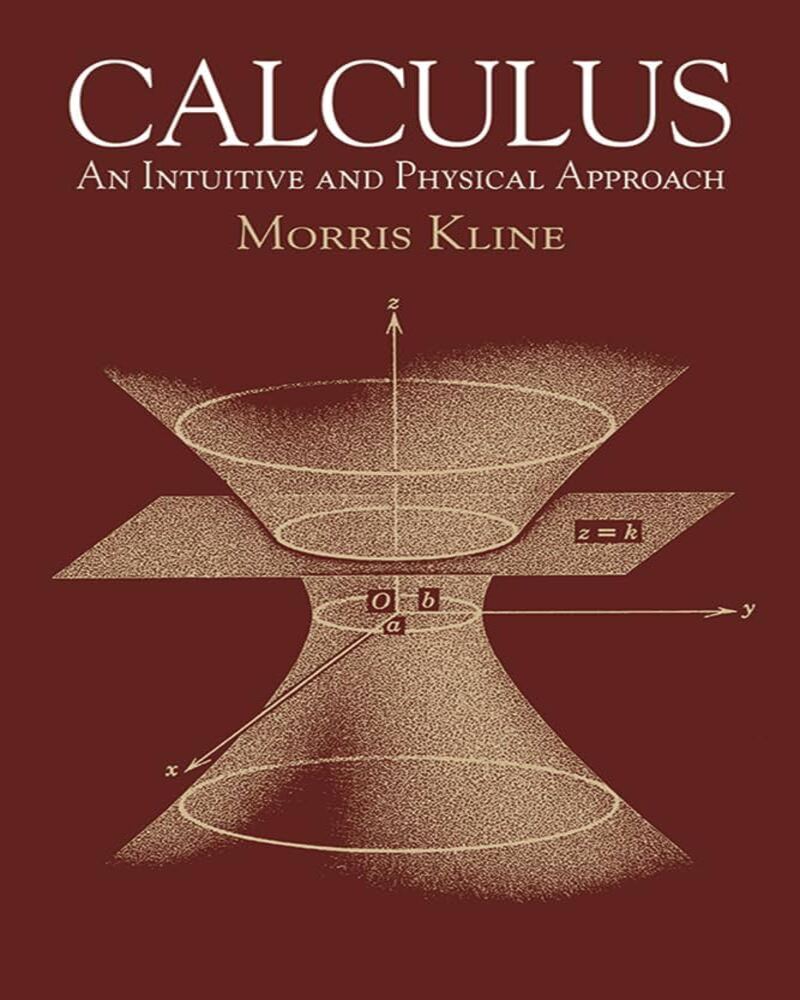

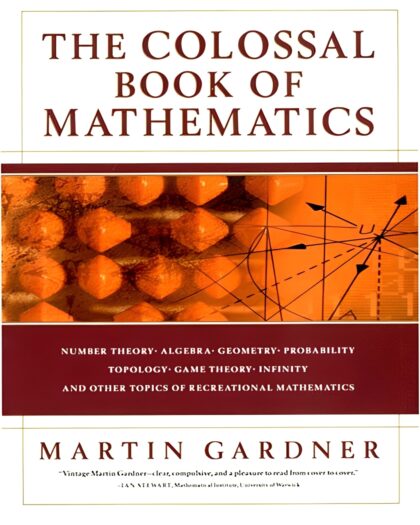
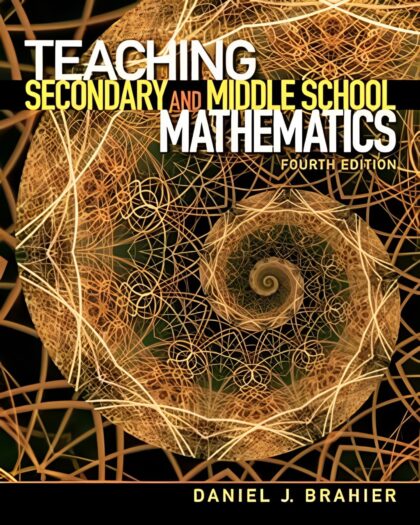

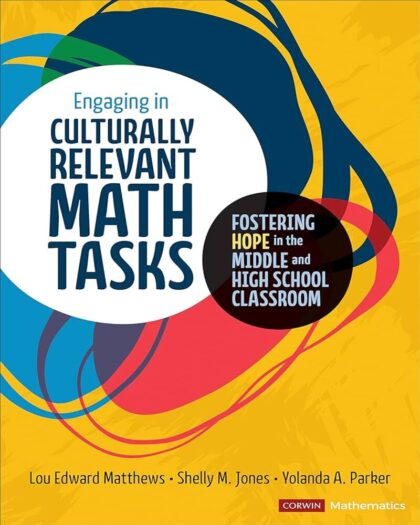

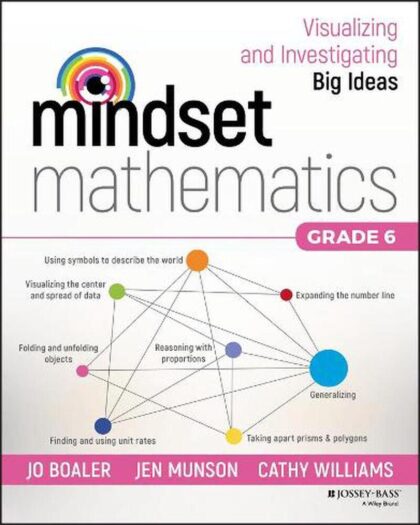
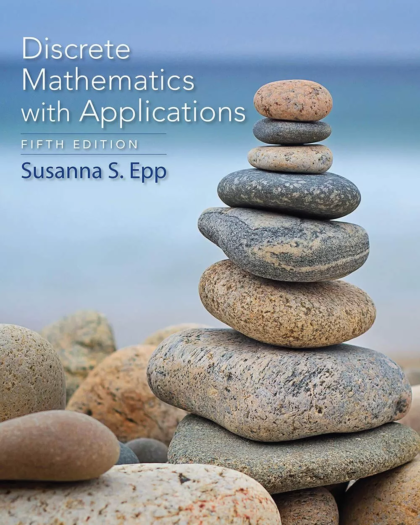
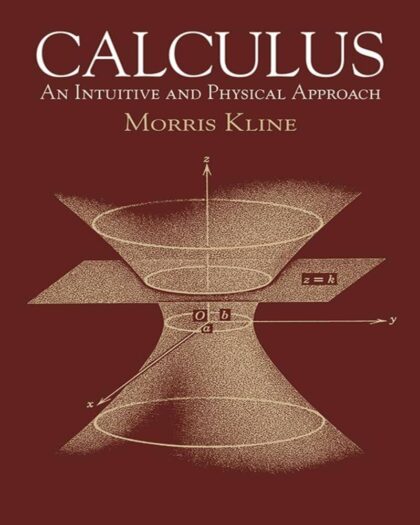
This is some of the most fun I've had with a math textbook.
While there *are* some drawbacks/negative aspects, I think they're pretty minor but they should be pointed out either way:
1) Typos -- there are a non-insignificant number of typos throughout. Some of these are trivial to spot, while a few were in the answers to select exercises. I spent time scratching my head trying to match the printed answer when it turns out there was a typo. This might be a bigger concern for absolute beginners.
2) Graphics -- the figures are clearly very dated and don't have captions. However, this isn't really a problem until the later chapters on functions of more than one variable, and even then I thought they were clear enough.
3) Content -- I found the book a bit verbose in some places, but this may be more appreciated by a beginner. Also, if you will never take introductory physics, you might struggle with or be frustrated by how many of the examples and exercises are specific to physics problems (even though this is, historically, how calculus came about).
4) References -- since the book is so long, it would have been nice if the author included page numbers when referring back to a particular chapter/section/equation. He sometimes does this, but it isn't a big issue.
Overall, I don't think anyone who will need to use calculus would be disappointed in having this book around. There are chapters and sections marked as optional, a comprehensive list of integrals of different forms at the back, and the author explains concepts intuitively. For the most important theorems and ideas, I use post-it tabs for quick reference.
I would recommend that any engineering or science major have a copy of this to see how "it is really done" after the spend the large sums demanded by someone, often not the Professor, unless they are the author as well!
Reading this book (I admit, that I just finished to read Chapter 7), brought me the enlightenment of the differentiation and integration, especially the concept of calculus, not just how to solve them. I know other great books on calculus especially for the students. However, being a person who has limited time to study, this book shines above all. (Even for non-English speakers like me.)
There is one minor defect I think, like many mathematics books, it refers to other section and figures in a different pages a lot. Thus it prevent me from reading smoothly sometimes. Most of equations are rendered as images with reasonable size and resolution, so it does not cause problems, although they look somewhat ugly.
Edit: 1 Feb 2013
I am now in Calculus for Engineers which is considered to be a combination of Calc 2 and 3 in one semester (with a little bit cut out). I am still using this book in conjunction with my schools textbook and I often find myself referring back to this one when learning a new concept. I prefer to use the school textbook for problems to work through as they will most likely be similar to the one on the schools exams. I am averaging a 95% in the course so far and considering I had to build from the basics, I think I am on to something. If you are serious about learning Calc, this book is only $20 and college text books range $100-200 easy.
As we know, Kline's approach to this book is intuitive. Kline argued that "intuition" is the way human's mind learns things; and he is right on. Especially with calculus whose essence being a collection of "mathematical methods" fundamental to the understanding of physical world. To study these mathematical methods without understanding or appreciating the physical problems or applications which gave birth to their (the methods') development is therefore meaningless and shallow. On this point alone, Kline's approach is a first rate introduction to calculus. On the other hand, Kline's text despite being quite thick never progresses beyond these intuitive functions; instead Kline spends a lot of space discussing elementary topics like analytic geometry and application in economics or examples from Newton' Principia. Very interesting of course, but one cannot find a rigorous discussion of functions or imaginary number or convergence of infinite series, all of which are essential basics for those who would progress to higher courses in analysis. An important question that it raises is: to whom this text is actually for?
My answer is that Kline's text works best for either those whose high-school math backgrounds is in a pretty bad shape but want to know calculus or for those who have learned calculus a long time ago and are now in a "serious need" for some brush-up. Also for certain high school students who like physics but have never been at home with math, this book is really the missing keystone. There are many other good texts out there like Spivak's or Apostol's or Hardy's Pure Mathematics. These are ideal for college students whose high-school math is still fresh and strong and thus are more able to appreciate deeper/advanced topics like the foundation of number system or analytical treatment of functions. For these students (especially pure-math B.S. students), calculus texts that gear toward analysis (i.e. more rigorous) would better prepare them for future challenges. However, for people like myself, whose math education ended 14 year-ago in high school and who barely remember the cosine rule, working through texts like Spivak's or Hardy's simply lead to a bogged down. It should be remembered that Kline's calculus, first written in 1960s, was introduced during the time when most students were not exposed to calculus in high school. Thus, it was quite a problem when they had to encounter calculus for the first time in college. Back then it would be quite a blunder to demand that kids have to learn both techniques and rigorous foundations of calculus, the first truly "higher math" they ever encountered, at the same time. I think Kline's text was written especially to remedy that problem. However, as most kids of our time are all exposed to fair amount of "intuitive" calculus in their school years, it may not make much sense to require to learn intuitively again in college. Still, I would maintain that even good students would profit much from at least taking a look at Morris Kline's text, for it develops the subject in a strong historical context and is quite broad in the materials covered.
All things discussed, this book is a truly 5-star treatment of calculus. Given the state of education and teaching in our times, no one might ever write like this again.
[Note: PDF file of solution manual (about 260 pages) can be conveniently obtained by writing to Dover Publication. Great job! Dover, for making this book available and affordable at the same time.]
So if you expect a fast paced text like say 'Calculus for Dummies', 'How to Ace Calculus' etc you will be disappointed. What I found helps is to get going with some modern quickie texts like Dummies etc and then go with Kline's work. This helps firm up some theory instead of just learning the mechanical stuff. Also, as others have pointed out, but this needs to be mentioned, the answers to problems can be obtained via a PDF from Dover. They answered my email promptly.
If you want a good reference for introductory Calculus without say the rigor of Apostol's text this is a great investment that should serve you for years to come. Excellent textbook.